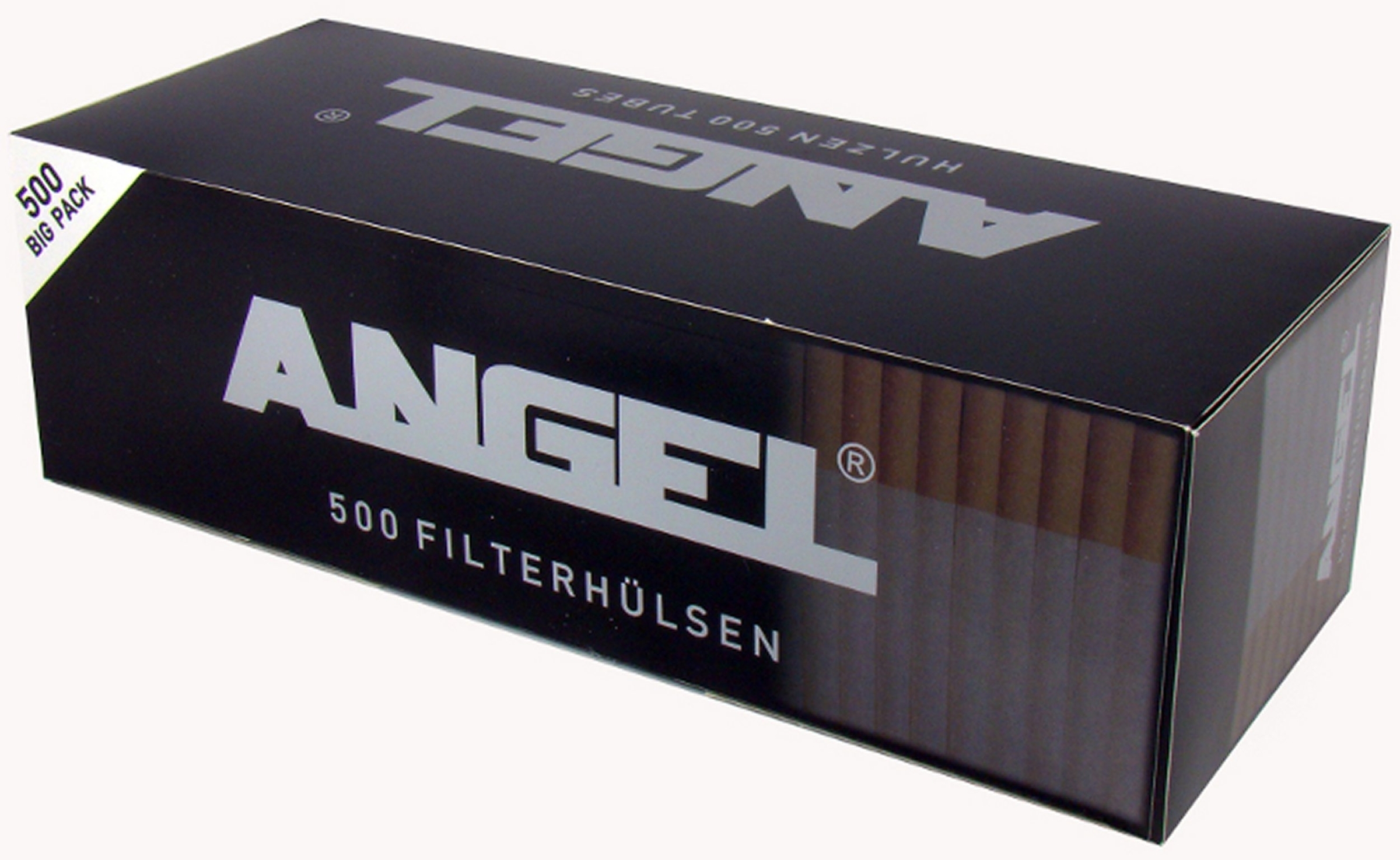

Paper & Filters
Cigarette paper and filters are essential components of a cigarette. Cigarette paper is thin, lightweight, and typically made from wood pulp or rice. It is designed to burn evenly, allowing the tobacco to be smoked. The filter, often made of cellulose acetate, is placed at the mouthpiece of the cigarette to reduce the amount of tar and nicotine inhaled. Filters help improve the smoking experience by softening the taste and making it less harsh. Together, the paper and filter contribute to the cigarette’s overall design, ensuring a consistent burn while reducing exposure to harmful substances.
Ready for dispatch in: 1-3 working days
Ready for dispatch in: 1-3 working days
Ready for dispatch in: 1-3 working days
Ready for dispatch in: 1-3 working days
Ready for dispatch in: 1-3 working days
Ready for dispatch in: 1-3 working days
Ready for dispatch in: 1-3 working days
Ready for dispatch in: 1-3 working days
Ready for dispatch in: 1-3 working days
Ready for dispatch in: 1-3 working days
Ready for dispatch in: 1-3 working days
Ready for dispatch in: 1-3 working days
Ready for dispatch in: 1-3 working days
Ready for dispatch in: 1-3 working days
Ready for dispatch in: 1-3 working days
Paper & Filters
Cigarette Paper and Cigarette Filters: Important Components of a Cigarette
Cigarette paper and cigarette filters are two fundamental components of a cigarette that play an important role in the smoking experience. They not only affect the burning behavior of the cigarette but also influence the way the smoke is inhaled. This text will explore the properties and production of cigarette paper and filters, as well as their functions in detail.
Cigarette Paper: Material and Function
Cigarette paper is the thin, slightly translucent paper that holds the tobacco in a cigarette. It is usually made from wood pulp, rice, or hemp and is designed to burn evenly and at a controlled rate. The main function of cigarette paper is to wrap the tobacco while allowing for a controlled burn. Without the paper, the tobacco would burn too quickly, and the smoker would not be able to enjoy the cigarette in the desired way.
The production of cigarette paper requires special processes to ensure that the paper is thin enough to burn properly but strong enough to hold the tobacco. In the past, cigarette paper was often treated with harmful chemicals to regulate the burn rate and make the paper less prone to tearing. However, there is a growing trend to avoid these chemicals, and many manufacturers now offer cigarette paper that is free from harmful additives.
An interesting feature of cigarette paper is its ability to control the "burning behavior." Tobacco in a cigarette doesn't burn on its own but is aided by the slow combustion of the paper. Cigarette paper is often treated with "burning aids" that help the paper burn evenly, preventing the cigarette from burning too quickly. The burn rate, however, can also depend on the thickness of the paper and the type of material used.
Cigarette Filters: Function and Importance
The cigarette filter is the component of the cigarette that absorbs the smoke from the tobacco and reduces the amount of particles in the smoke. It is usually made from cellulose acetate, a material derived from cellulose and processed into plastic fibers. These fibers are formed into a dense, porous filter that captures most of the particles in the smoke, such as tar and other substances.
The function of the cigarette filter is to soften and "dilute" the inhaled smoke, making it less harsh and more pleasant in the throat. Many smokers prefer cigarettes with filters because they make the smoking experience smoother and reduce the intensity of the smoke. The filter also has the advantage of reducing the risk of the smoke becoming too hot near the mouth, as it lowers the temperature of the smoke before it is inhaled.
The Effects of Cigarette Paper and Filters
The combination of cigarette paper and filter not only affects the appearance but also the handling and overall smoking experience. Cigarette paper ensures that the tobacco burns evenly and that the smoke maintains a consistent quality. Cigarette filters directly influence the taste and feel of the smoke, as they make it smoother and more enjoyable, without altering the fundamental properties of the cigarette.
A filter can also extend the smoking time because it slightly reduces the airflow. For smokers who prefer to enjoy their cigarette more slowly, the filter plays an important role. Combined with the cigarette paper, the filter ensures that the smoking experience is less intense while still maintaining the satisfaction of the smoke.
The Development of Cigarette Paper and Filters
The cigarette industry has continuously worked on the development of cigarette paper and filters over the years to appeal to smokers and improve the functionality of its products. There is now a wide variety of "light" cigarettes where the filter and paper have been adjusted to enhance or diminish certain characteristics. These cigarettes offer different smoking experiences, with filters and paper designed to meet individual preferences.
Another important aspect is sustainability. In recent years, the industry has increasingly focused on developing more environmentally friendly cigarette paper and biodegradable filters. Some manufacturers offer cigarettes with paper that contains fewer chemicals, and they use filters that are less harmful to the environment than traditional cellulose acetate filters. These advancements are not only aimed at improving product quality but also at considering ecological factors during production.
Conclusion
Cigarette paper and cigarette filters play a key role in the design and functionality of a cigarette. Cigarette paper ensures the tobacco burns evenly, while the filter helps to soften the smoke and make it more pleasant to inhale. Both components contribute to a more comfortable and personalized smoking experience. The development of these products is an ongoing process that takes both consumer preferences and ecological concerns into account. Cigarette paper and filters are thus essential elements of cigarette production and directly influence the smoking experience.















